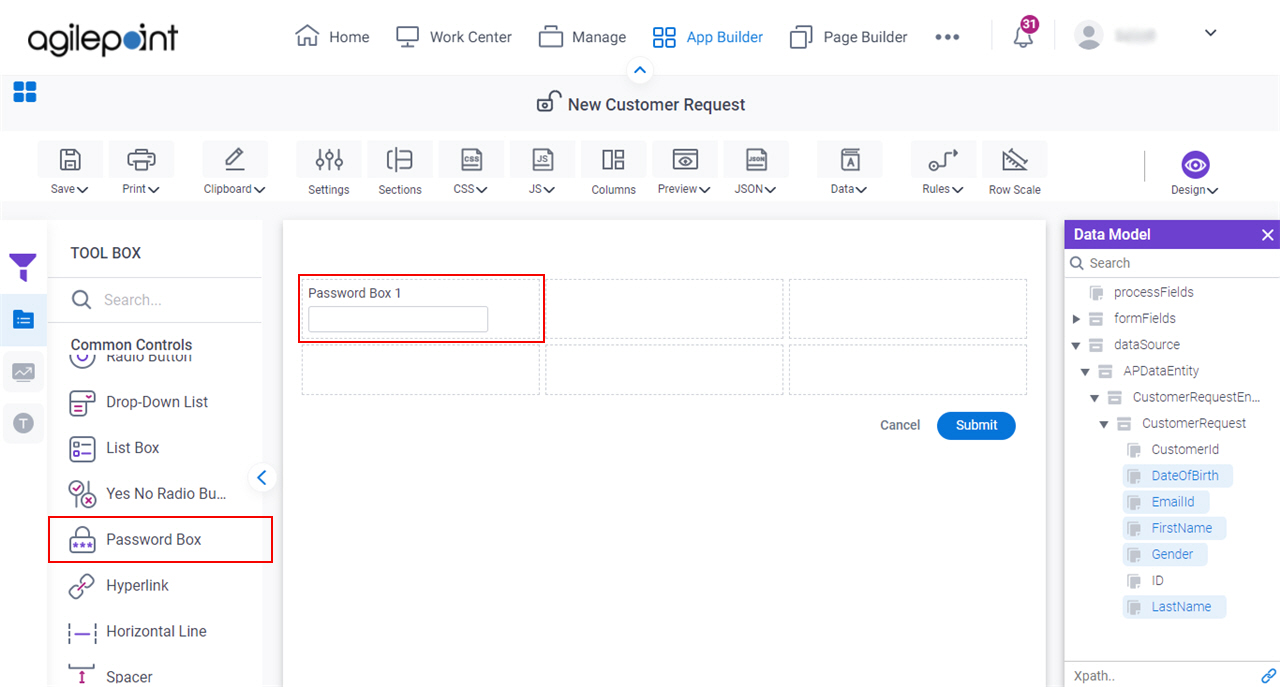

In the callback I register an event handler for the events GotFocus and LostFocus and change the margin in response to a focus change event.Īs you can see I actually changed the behavior of the XAML element where the Attached Property is attached. In the listing above I added a callback handler which is called when the Attached Property is attached. ((FrameworkElement)sender).Margin = new Thickness( 10, 10, 10, 10) Private static void Fe_GotFocus( object sender, RoutedEventArgs e) ((FrameworkElement)sender).Margin = new Thickness( 2, 2, 2, 2) Private static void Fe_LostFocus( object sender, RoutedEventArgs e) Private static void TagCallback( DependencyObject d, DependencyPropert圜hangedEventArgs e) "Tag", typeof( string), typeof(AttachedProperties), new PropertyMetadata( string.Empty, TagCallback)) We can add event handlers, set properties, animate properties, change bindings, and so on. This allows us to change the functionality of the object. This callback handler will get passed a reference to the object we have been attached to. We can extend the Attached Property above by adding a callback handler which is called when the Attached Property is attached to a XAML element. This is in contrast to Behaviors and Attached Behaviors which add functionality to a XAML element. It only adds the new information ‘Tag’ to the XAML element. However, it doesn’t add any new functionality. The Attached Property ‘Tag’ as shown above is supposed to add any Tag to a XAML element. If that schema is not followed you will get an error when you try to use the Attached Property in xaml. That means, Get/Set followed by the property name. The names of the static Get/Set methods must follow the schema above. "Tag", typeof( string), typeof(AttachedProperties), new PropertyMetadata( string.Empty)) Public static readonly DependencyProperty TagProperty = DependencyProperty.RegisterAttached( Public static void SetTag( DependencyObject d, string value) Public static string GetTag( DependencyObject d) Public class AttachedProperties : DependencyObject Net Property wrapper we declare a static Set and Get Method.
Wpf passwordbox text condition download#
In the following sections I will introduce you into the following concepts and how they are related to each other:īefore we can start to work with behaviors we need to download the nuget package and add it to our project.

In order to understand Behaviors you need to understand Attached Properties because from a technical point of view Behaviors base on Attached Properties. In this article I will introduce you into the concept of WPF Behaviors and Attached Properties and how they can help you to create reusable modular code.


 0 kommentar(er)
0 kommentar(er)
